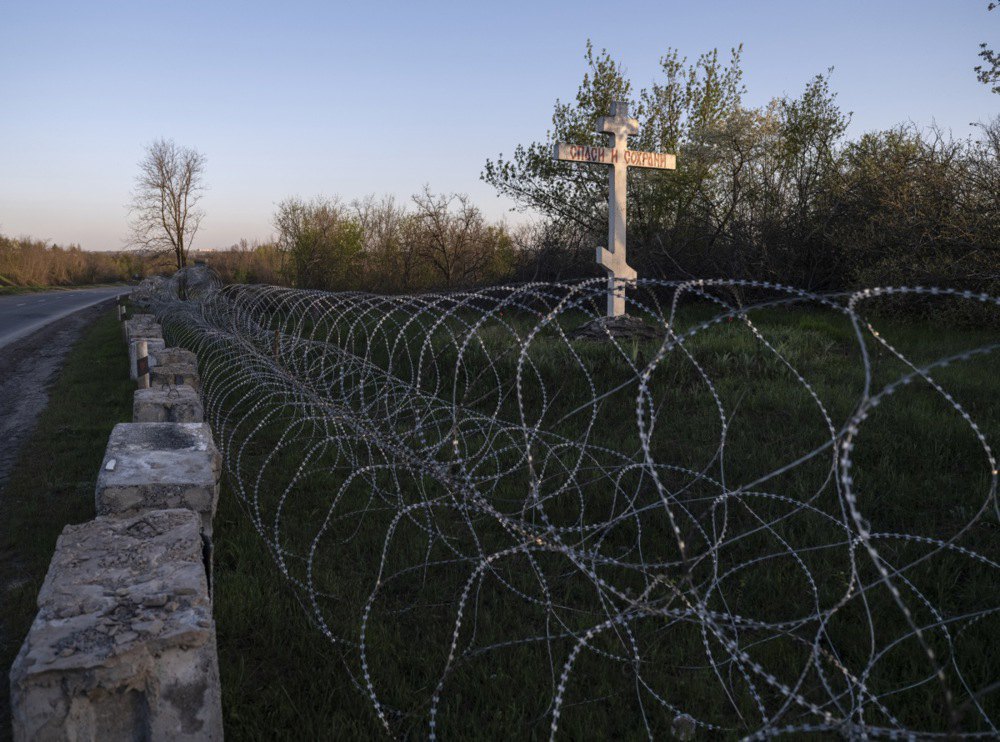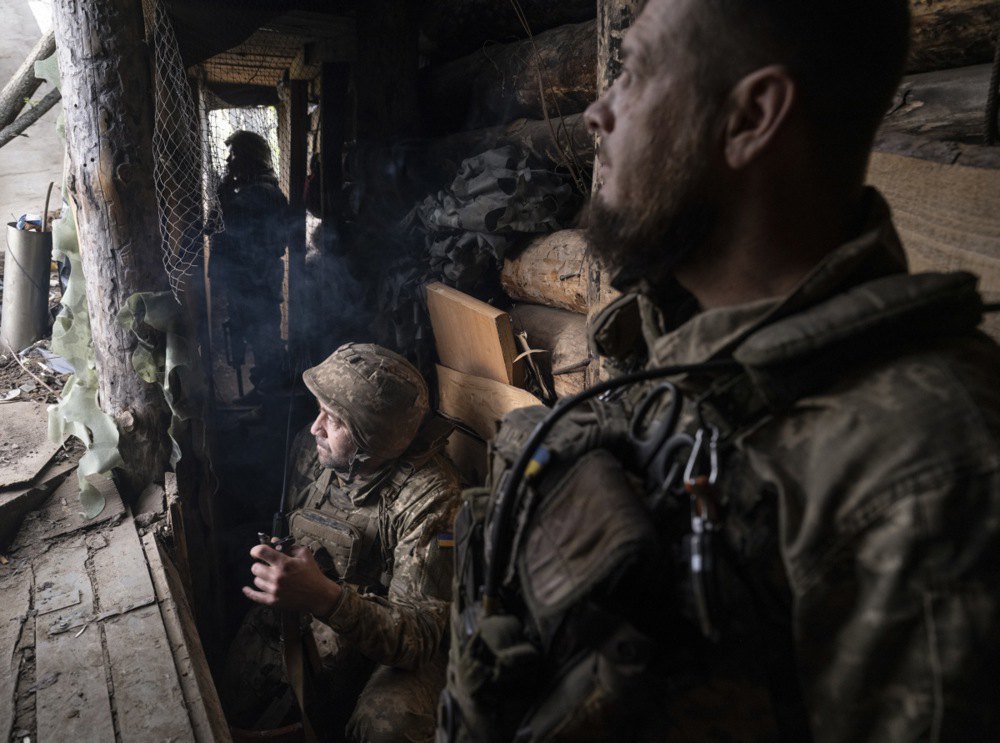
Anyone can see on the DeepState map that it is quite possible to sell the current status quo to the Russians as a victory – a lot of territory has been captured, and the occupied territories are included in the Russian constitution. What more is needed? The whole picture is spoilt for Moscow by the 22% of Donetsk Region that has not been occupied. While the retreat from Kharkiv and Sumy Regions can be sold as another “goodwill gesture”, the obvious shortfall in Donetsk Region is clearly perceived in Russia as a failure.
Conclusion: the main military objective of the Russians’ offensive campaign will be to storm and capture the Sloviansk–Kramatorsk agglomeration. The Russians planned to capture this belt of Ukrainian fortresses in the spring of 2022, but who allowed them to? The Russians spent the next two years creating favourable conditions to complete the plan, and today they are close to launching a decisive assault.
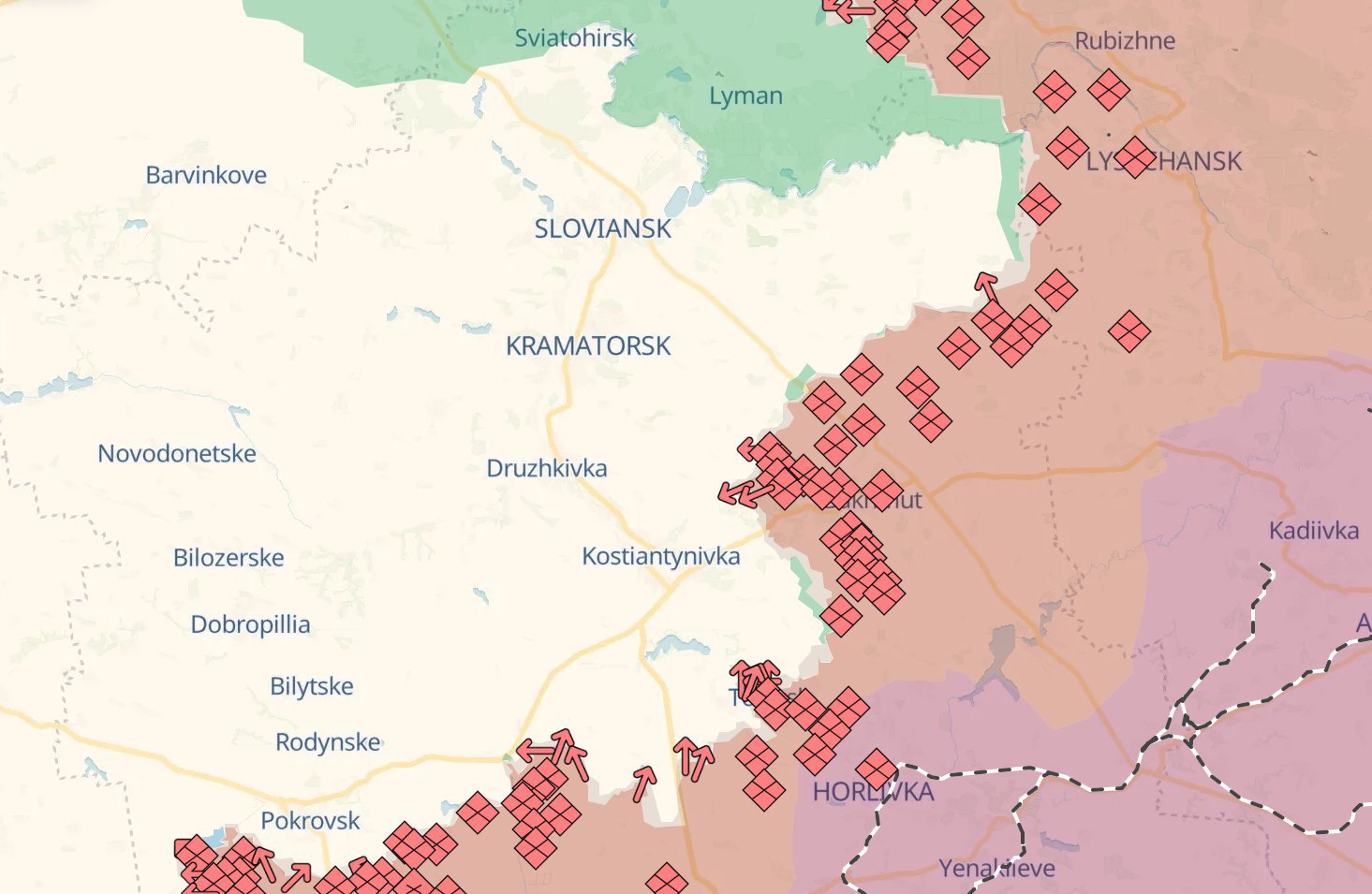
The Russians have already completed certain processes:
- the offensive on the Slovyansk–Kramatorsk agglomeration has been assigned to the Russians’ South group of troops;
- Colonel-General Aleksandr Sanchyk, Commander of the Southern Military District of the Russian Federation Armed Forces, was appointed as the group’s commander;
- an operational zone was defined, beginning at Lyman and ending at the Toretsk direction (close to Pokrovsk) and having a frontage of 140 km;
- the composition of the grouping was determined, which since February has included six combined arms armies. In late spring, it will be supplemented by two more armies from the Kurakhove direction. The expected strength of the grouping is 130,000 troops. Up to 700 tanks, 2,400 armoured personnel carriers, 1,500 guns, mortars and MLRS have been amassed in Rostov and Belgorod Regions.
At this point, an inquisitive reader will ask: “Is this why the Defence Forces are active in the Belgorod Region?”.
The sides are tugging at each other here and there, trying to force the reserves to manoeuvre and move them as far away from the desired area as possible.
Again, an inquisitive reader might ask: “Is this the reason why the Russians are so active in Zaporizhzhya Region?”.
The battles near Bakhmut, Avdiyivka, and in the Pokrovsk direction have highlighted the idea that without a huge numerical advantage, the Russians cannot win even tactical victories on the basis of skill and character. Therefore, Russian headquarters are convinced that in order to succeed, they need to create a numerical advantage of 8 to 1, or better yet, 10 to 1. Only under such conditions will the Russians be able to gradually advance. At present, such ratios of forces and means can be seen only in the Yampolivka–Terny area in the Liman sector and in the Tarasivka–Toretsk area in the Toretsk sector.
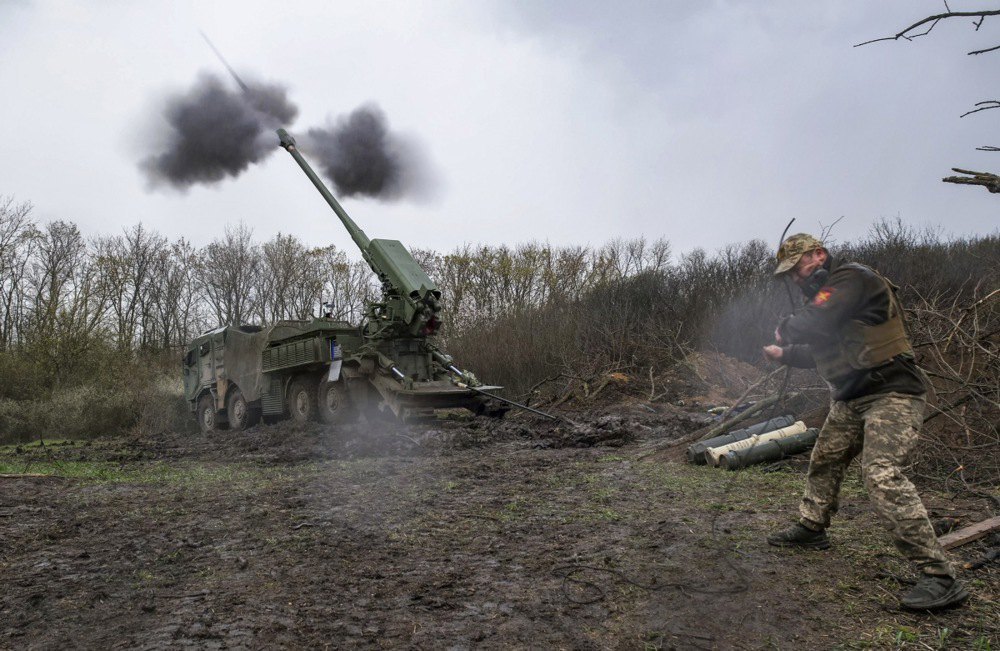
The Russian headquarters are also aware that the Defence Forces have retained significant strategic reserves formed in 2024, and the Russians have no reserves in the Slovyansk–Kramatorsk direction to create an 8 to 1 advantage. That is why the Russians are active wherever they can, primarily in Kharkiv, Zaporizhzhya and Sumy Regions.
A few words about Russian reserves. Every intelligence analyst will tell you that there are a number of purely economic signs of preparation for aggression: from increased bread production to large-scale purchases of strategic materials. Recently, an event took place in Russia that could become a kind of marker. The Faberlic company, owned by Aleksey Nechayev, founder of the Russian New People party, sold 100 per cent of Fashion Factories LLC, its garment factory in the Ivanovo Region. The buyer was Voentekstilprom LLC, which produces uniforms for the Ministry of Defence and the Ministry of Emergency Situations and has six factories in the North Caucasus.
An inquisitive reader will ask again: “Why are the Russians building up production capacity for military uniforms? Is mobilisation looming in the Russian Federation?”
In order to successfully attack Slovyansk and Kramatorsk, it is necessary to complete a formative operation, as NATO says. That is, to provide the strike group with favourable conditions: secure flanks, communications in working order, air dominance, reliable air defence, etc. And this is where we have problems – Lyman and Toretsk.
It is not news that the laws and customs of war are not a decree to the Russians, nor is human morality in general. Treachery (if you are interested, read the norms of international humanitarian law) is the second self of a Russian soldier. So, Putin declares a truce to himself, while his troops spent all Easter clearing minefields and attacking from Yampolivka towards Torske and on the western bank of the Chornyy Zherebets River. It is a strange idea of peace, you will agree.
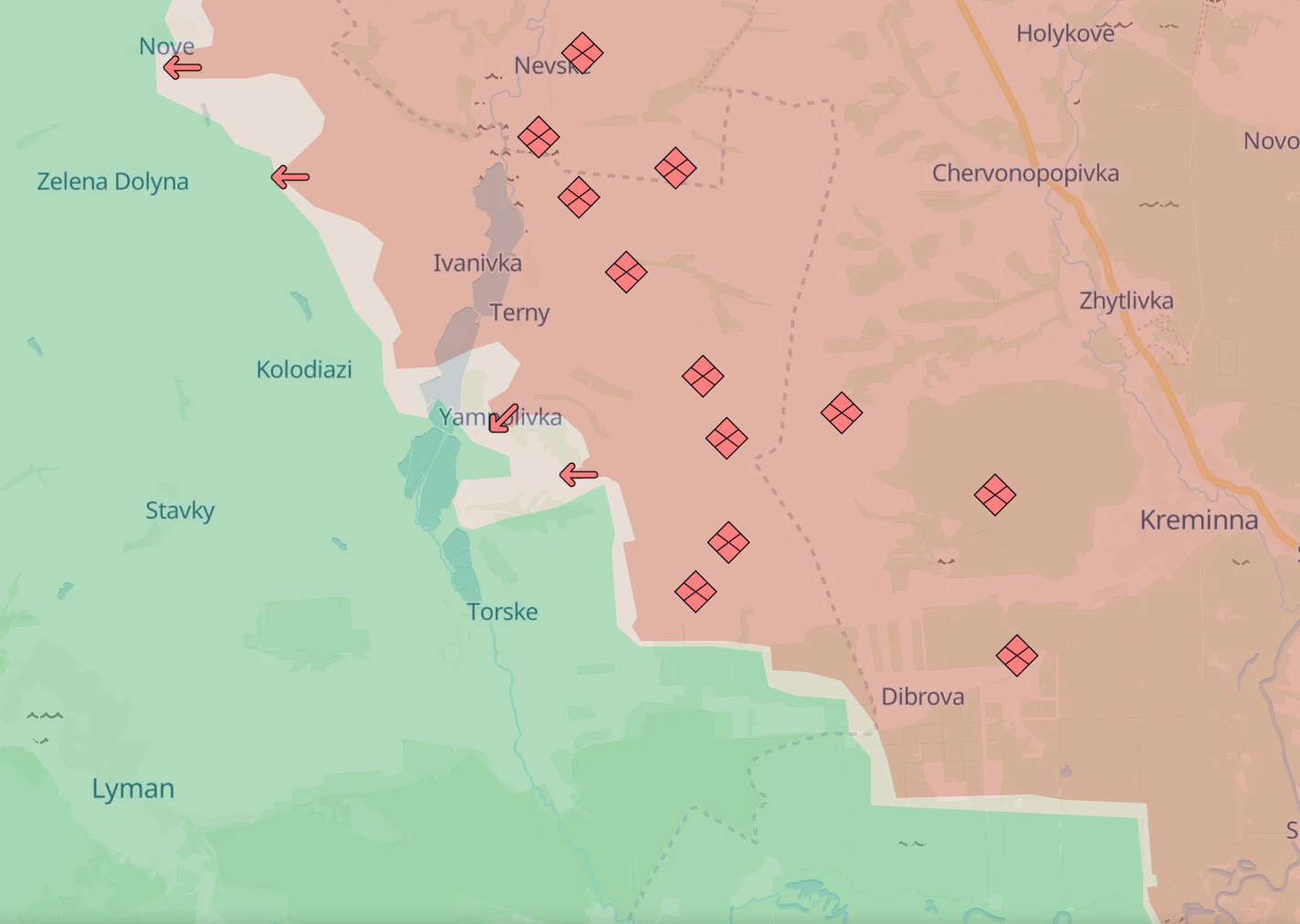
Taking advantage of the same “truce”, the Russians brought artillery and MLRS to the heights near Bilohorivka, making it much harder for our troops in Serebryansky Forest to hold back the attack. The Russians have advanced 400–800 metres west of Bilohorivka, trying to break through to Hryhorivka, gain a foothold there and continue their offensive along the Siverskyy Donets. The South group has been gathering forces here since March and will start fierce fighting in the coming days. If we do not destroy the Russians’ artillery near Bilohorivka and surrender Hryhorivka, it will be much easier for the Russians to advance on Torske on the neighbouring flank, and its capture will open the way to Lyman. And Lyman is the very key point that the Russians have not been able to regain since 2022. Unless they dominate it, there is no point in moving on Slovyansk.

To the north of Chornyy Zherebets, the Russians’ West military unit is also restless: before Easter, they captured Katerynivka and Novomykhaylivka, and after the “truce” they are fighting for Novyy Myr. This is a different area of attack, secondary to the command of the West military unit, but in April the Russians advanced 10 km here, and it is quite possible that their headquarters will change priorities and the 25th Army will build on its success here, breaking through to the village of Stepove and further to Borova. The Khortytsya unit did not have enough troops to defend the area, which is why we lost Katerynivka, but we learned our lesson – the fighting for Novyy Myr has lasted about a week, and the Russians cannot advance.
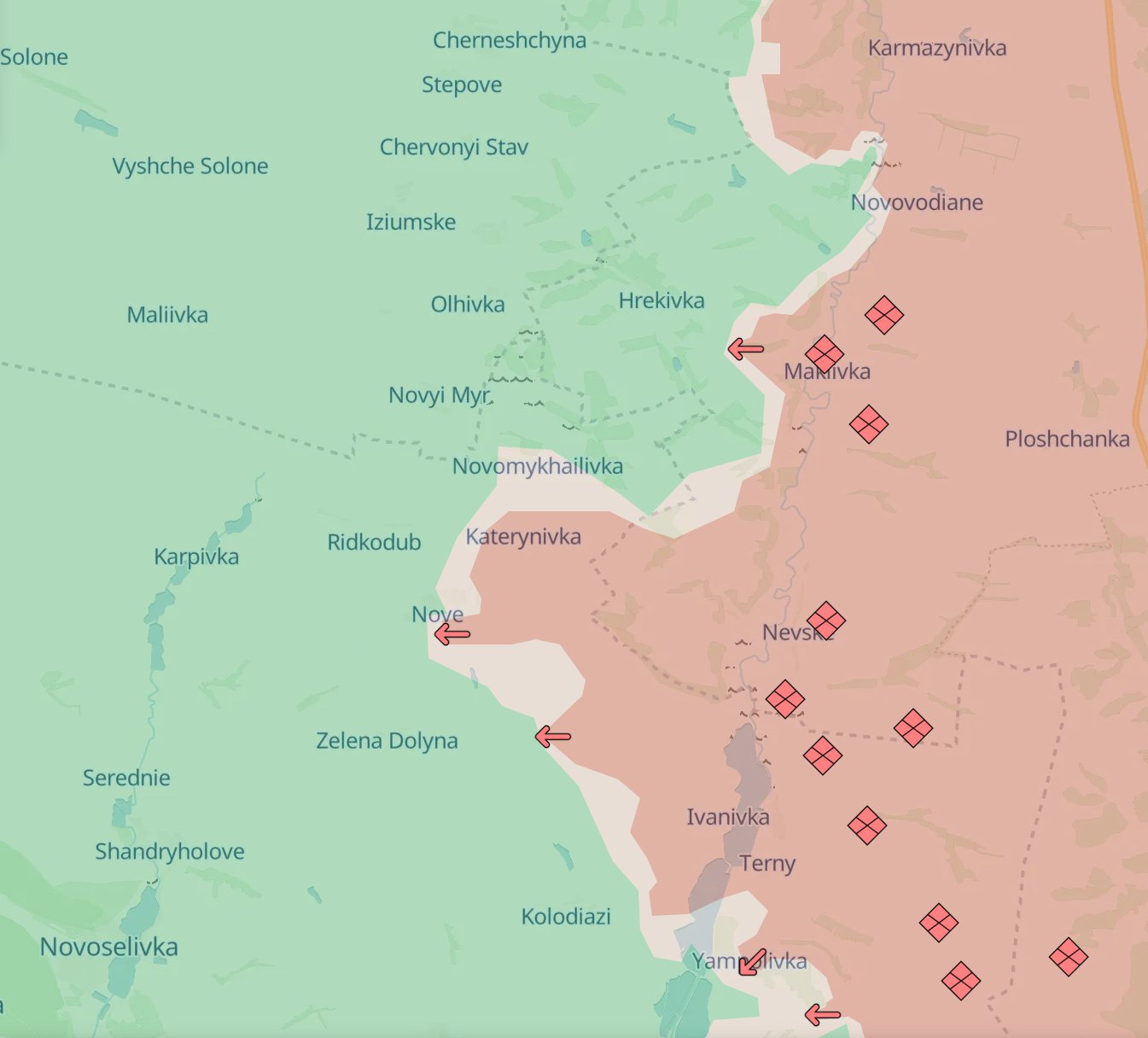
In the Toretsk sector, where Russian troops are forming the southern flank of the upcoming offensive, the “truce” was not in vain either. The Russians began actively removing minefields, pulled up armoured vehicles and artillery to almost zero, in particular in the Dachne area, and concentrated armoured vehicles and self-propelled artillery systems, including several 2S19 Msta-S, in residential areas of Horlivka. The Russians captured Panteleymonivka, Valentynivka, Sukha Balka, half of Tarasivka, reached the western outskirts of Toretsk, and began storming Romanivka and Leonidivka. This is the price of the ban on the use of artillery, mortars, MLRS and FPV drones by the Defence Forces.
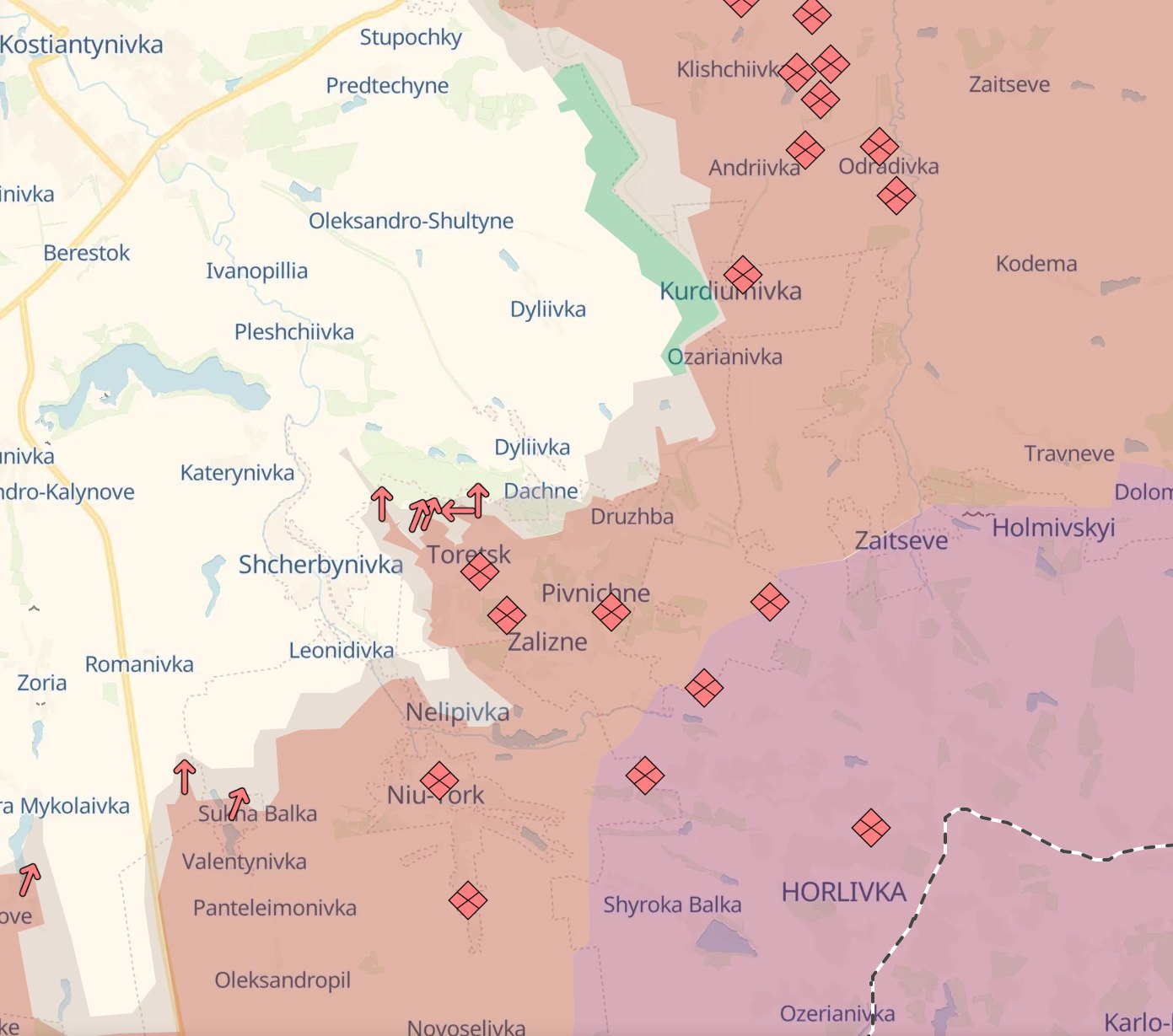
From 19 to 21 April, the Russians prepared several areas for further advancement, deployed several UAV units, including those redeployed from the Kursk and Belgorod directions, electronic warfare equipment that took out the UAV control networks of the Defence Forces for several hours, and began striking at the logistics of the Khortytsya unit, effectively blocking the road to Kostyantynivka and interrupting Ukrainian logistics. Out of 10 supply vehicles, only one reached the loading/unloading points on average. In many of our units, the daily losses exceeded the weekly figure – especially in terms of the number of wounded. Without logistics, it was impossible to take them out of the frontline. In many areas, it is still impossible.
So during the “truce”, the results of the steadfast defence of the last four months have been nullified. The frontline will not collapse, but over the next two to three weeks, Khortytsya will be fighting hard, repelling Russian attacks using tanks, armoured vehicles and artillery (all of which were almost non-existent on the frontline before the “truce”). Ukrainian UAVs and artillery are already striking at the reserves deployed by the Russians, but it will take time to completely knock out the reinforcements that have arrived in the area – as well as to restore minefields and logistics.
We have a feeling that by mid-May, the Russians’ striking fist will lose its strength, but before then we may lose Leonidivka, which has been under battle for more than six months, and Romanivka, which is a key point of the Russians’ offensive west of Toretsk. The fighting for Diliyivka will begin.
To be continued.
